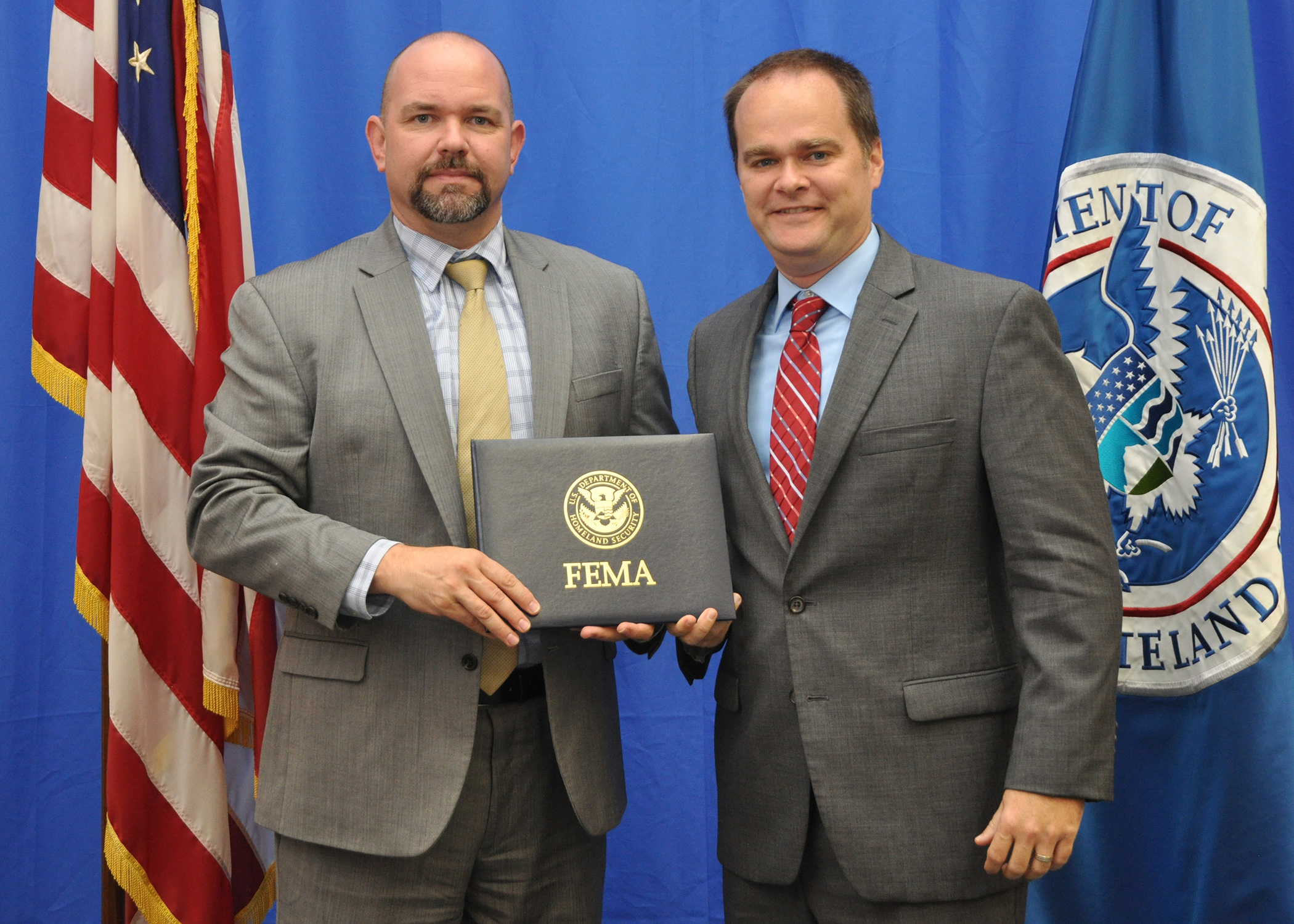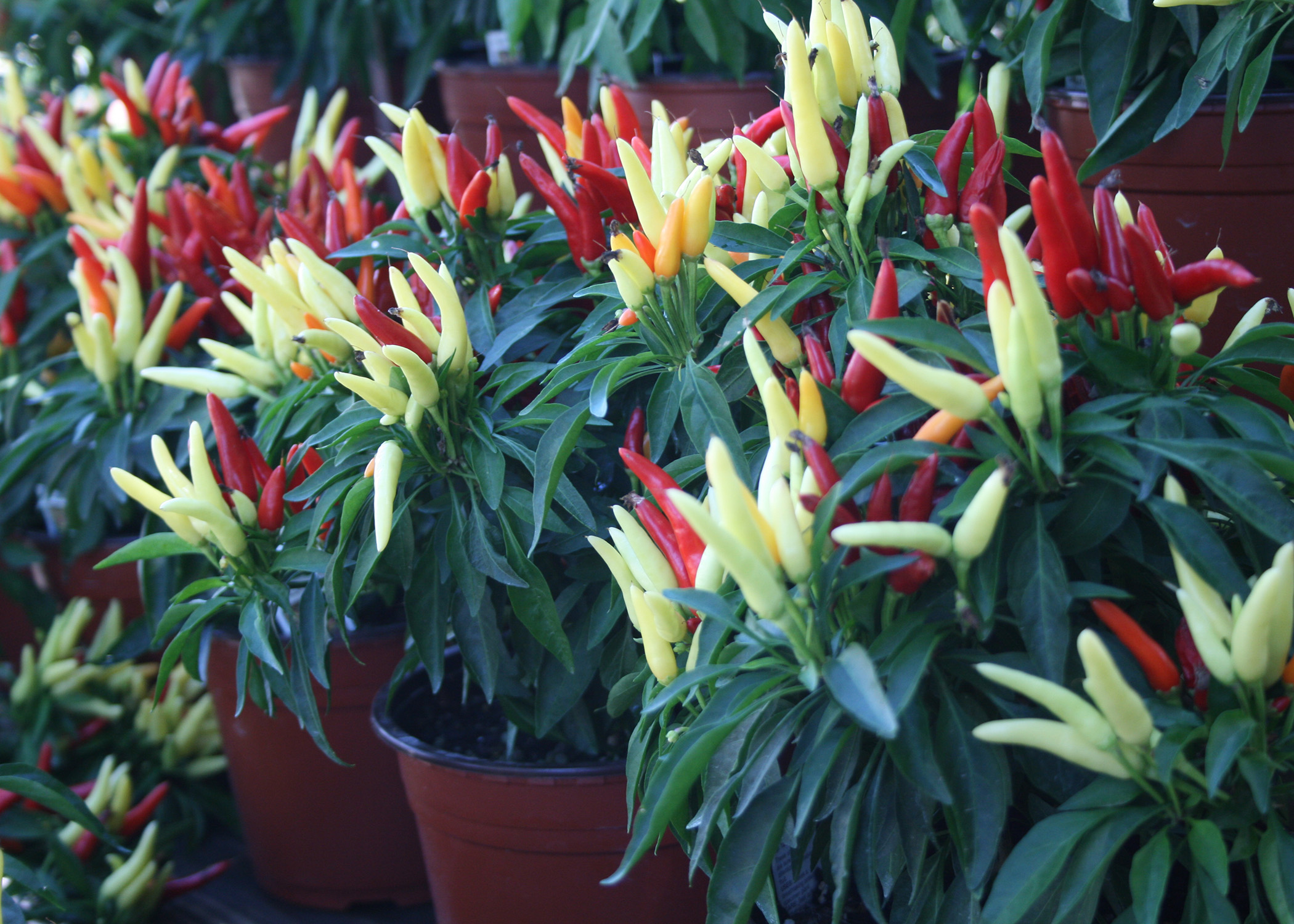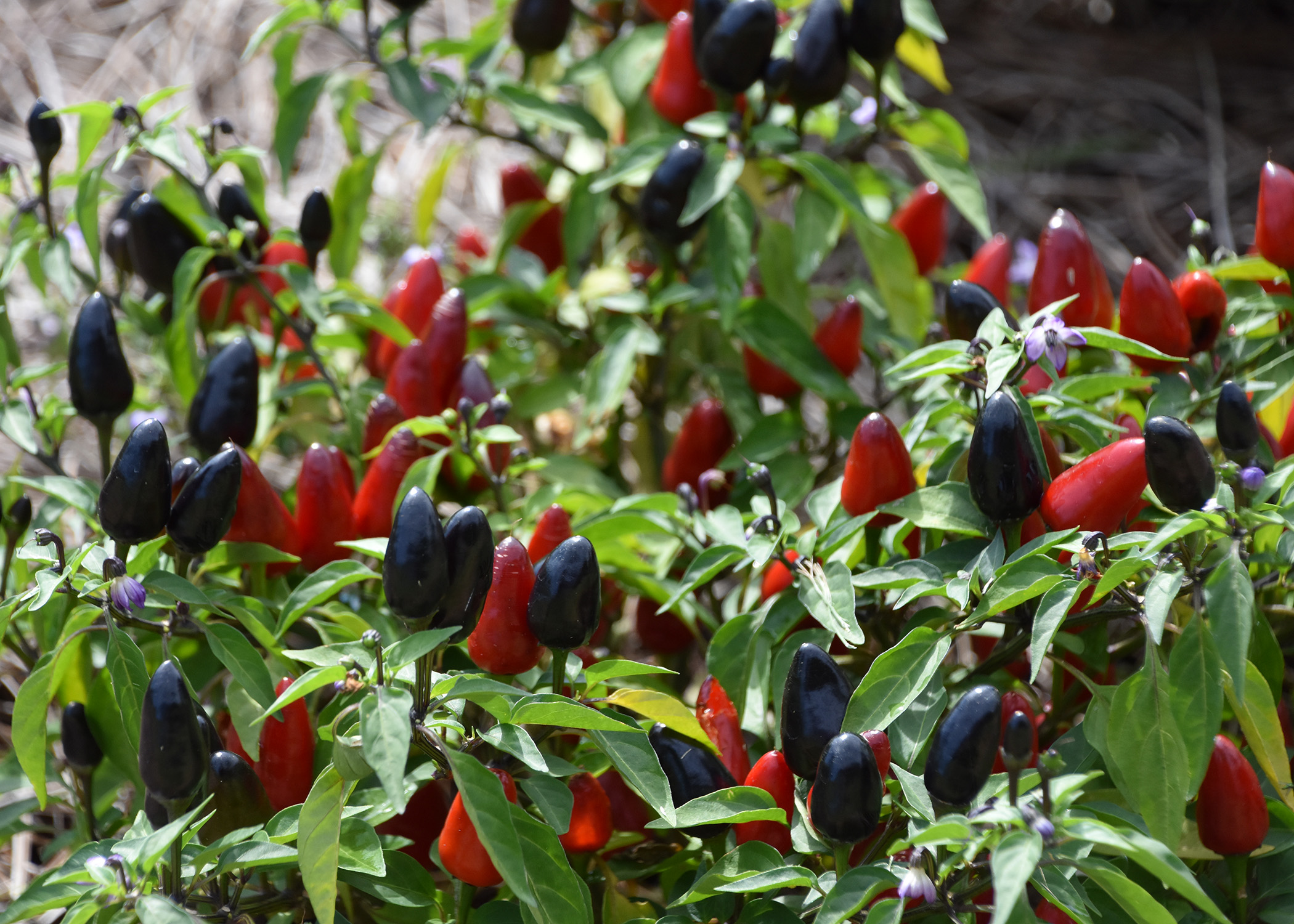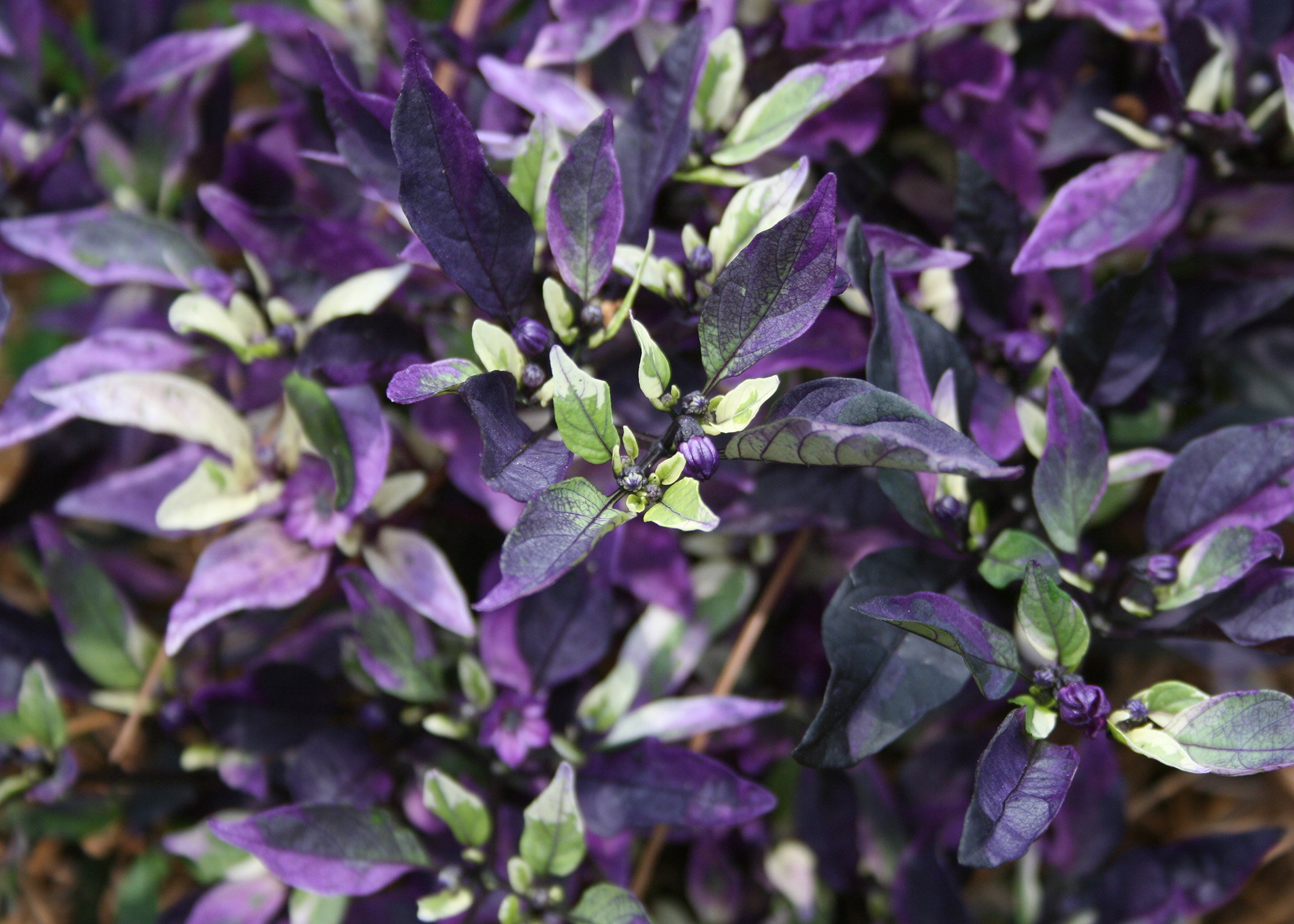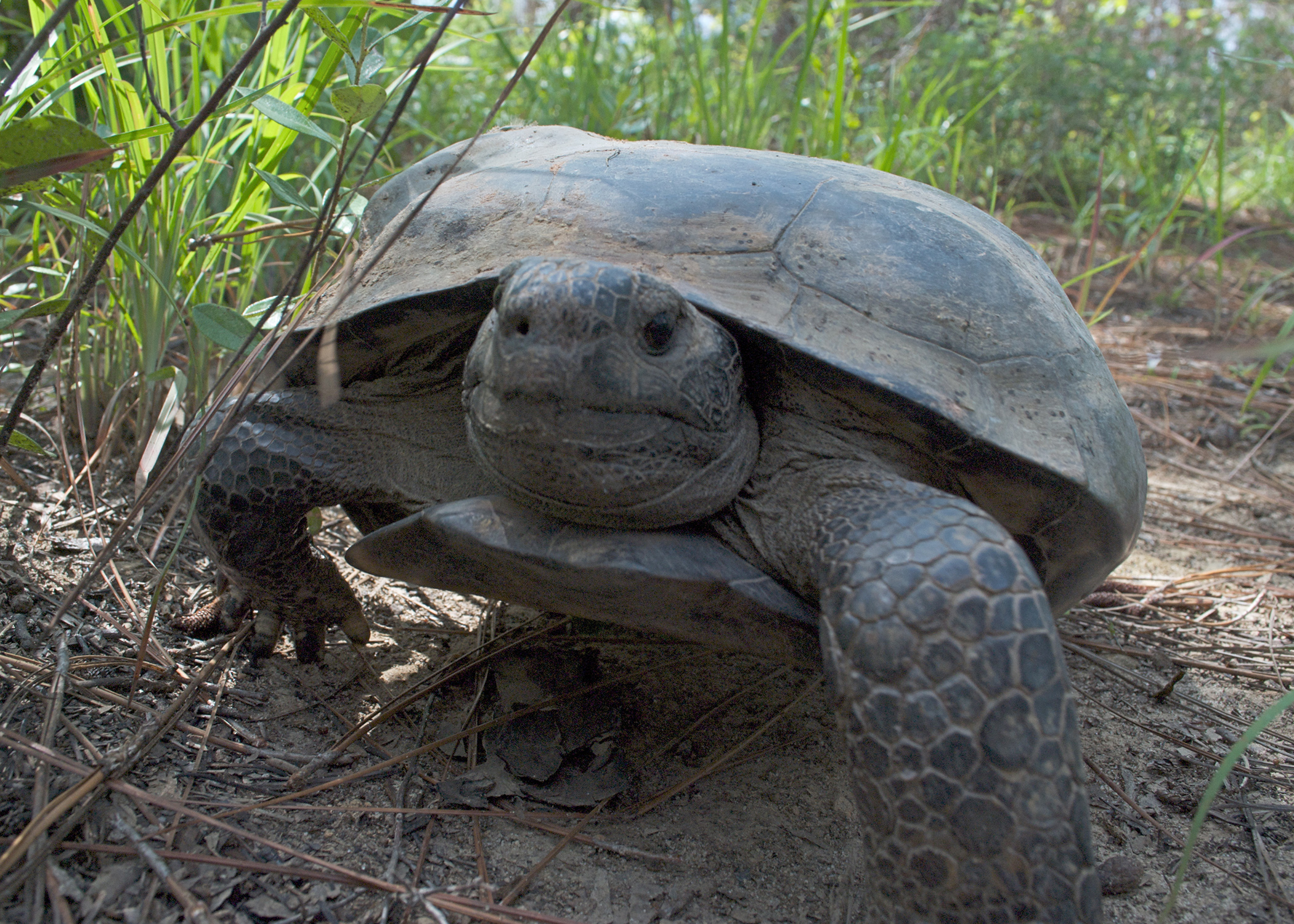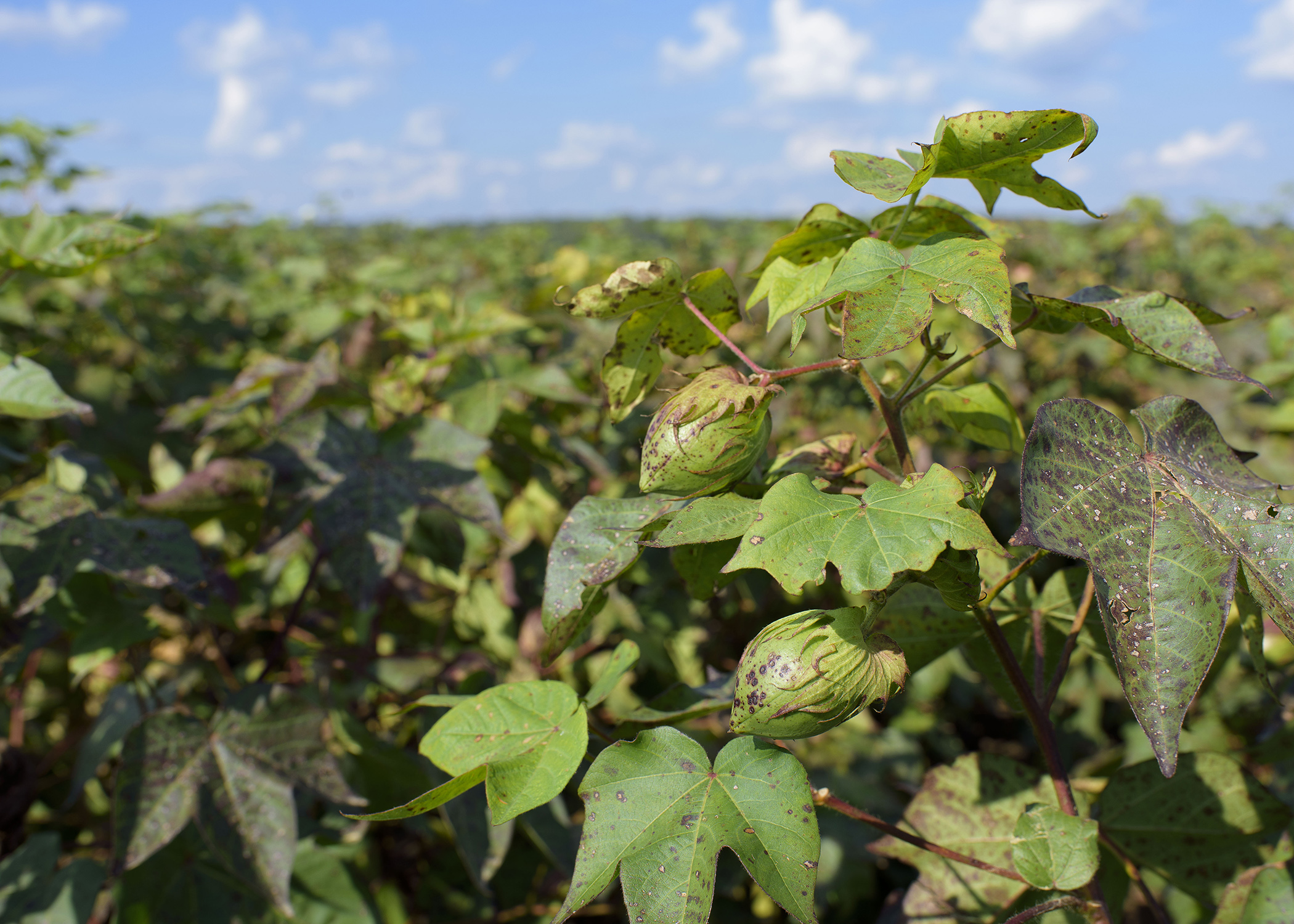We like to think of local Extension offices as community hubs! These are places where you know you can learn from respected experts in a comfortable atmosphere. County Extension offices are also places where you can flex your creative muscle and get crafty! Extension agents across the state offer chances for you to make something fun with your own two hands. Most likely, you will leave with a new handmade project and new friends!
STARKVILLE, Miss. -- The leader of a Mississippi-based, national initiative to help families and communities prepare for disasters has earned an additional certification from the Federal Emergency Management Agency.
Ryan Akers, an associate Extension professor in the Mississippi State University School of Human Sciences, just graduated from an in-depth course provided by FEMA. The curriculum addressed advanced concepts in disaster management, agency organization, community response and emergency professions.
Late summer and early fall are among my favorite times of the year because the ornamental peppers are starting to really color up.
More and more fellow gardeners are jumping on the bandwagon and planting these beauties in their landscapes. These plants are hot -- in landscape character and accent -- and they carry the garden through the fall season and maybe beyond.
Most ornamental peppers begin setting fruit as the temperatures rise, so the best show is always saved for late summer and continues through the fall as they keep producing. This means you need to set these plants out in the late spring.
STARKVILLE, Miss. – First responders and disaster experts know that good intentions can lay the foundations for disastrous conditions after hurricane winds and floods subside.
Through the Mississippi State University Extension Service, Anne Howard Hilbun conducts disaster response training for citizens and emergency workers. She is an instructor with the MSU Extension Center for Government and Community Development.
STARKVILLE, Miss. -- Thousands of years ago, mastodons, giant ground sloths, saber-tooth cats and short-faced bears roamed the land now called Mississippi. More recently, Carolina parakeets, passenger pigeons and eastern elk lived in the forests and fields surrounding the homes and towns of European settlers living in the Southeast.
All of these animals are now extinct, which means no living individuals remain on the planet. Although climatic changes aided in the extinction of some of these species, others were lost to habitat loss and overharvest.
These are just a few of the many species in the U.S. and around the globe that are extinct. Others are on the brink of extinction. Unless we act, these endangered species may follow the same path as the mastodon and passenger pigeon.
STARKVILLE, Miss. -- Rain, cool weather, more rain and some wind have slowed cotton maturation, but since the crop was a little behind schedule, the damage may be less than if harvest were already underway.
Darrin Dodds, cotton specialist with the Mississippi State University Extension Service, said recent weather is causing some yield loss, but it is hard to estimate how much.
“Being late to a degree helped the crop because rain did not string out open cotton, but given that we are running out of heat, we may have been better off with an earlier crop that had been defoliated and was standing up when the rain came,” Dodds said.
The 2017 Dixie National Sale of Junior Champions saw 43 champion market animals auctioned at the annual sale. During the weeklong 2017 Dixie National Livestock Show in Jackson, judges selected 14 hogs, 10 goats, 10 lambs, and 9 steers for the sale.
When third-generation cattleman Joe Davis was a teen, he had no idea his competition in the show ring would one day be his Extension agent in Union County.
Until recently, the Clover Dawgs 4-H Robotics team in Oktibbeha County needed a bigger robot. Club volunteer leader Robert Rice secured the first donation toward purchasing the machine from his employer.
4-H Debuts New Curriculum · Extension Develops Workforce · La-Z-Boy Donates Fabric · Stars Focus On Sustainability · Extension Directs Herbicide Training · Youth Discover Dairy Science · Soil Lab Welcomes New Manager


